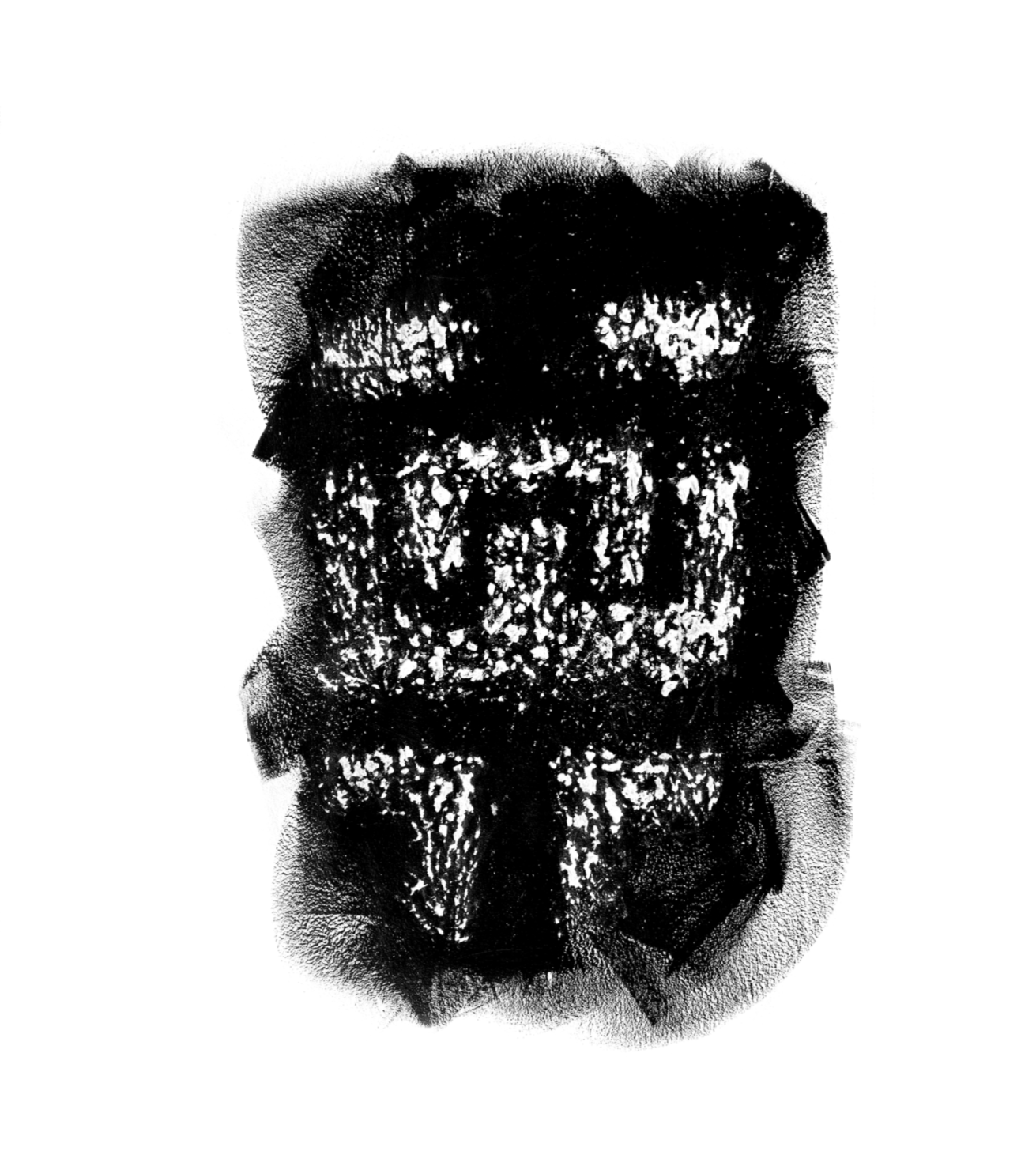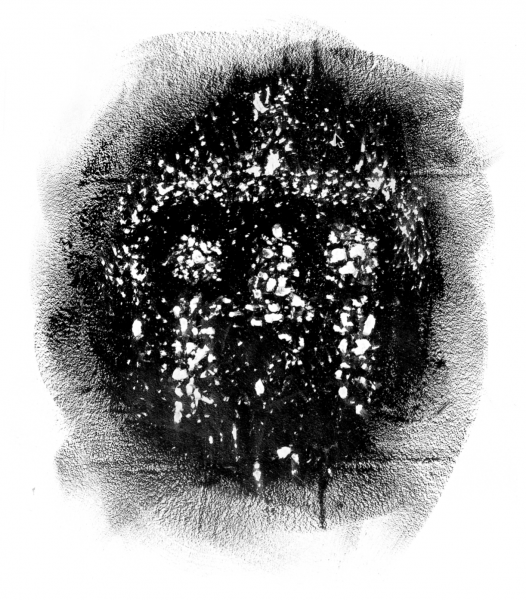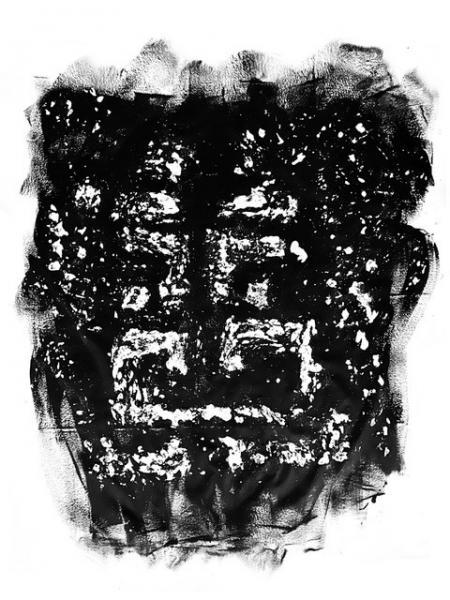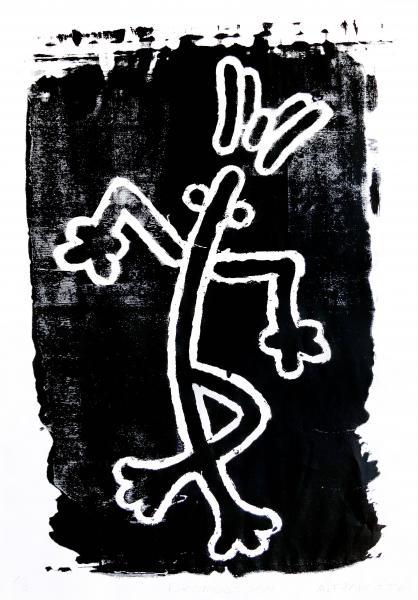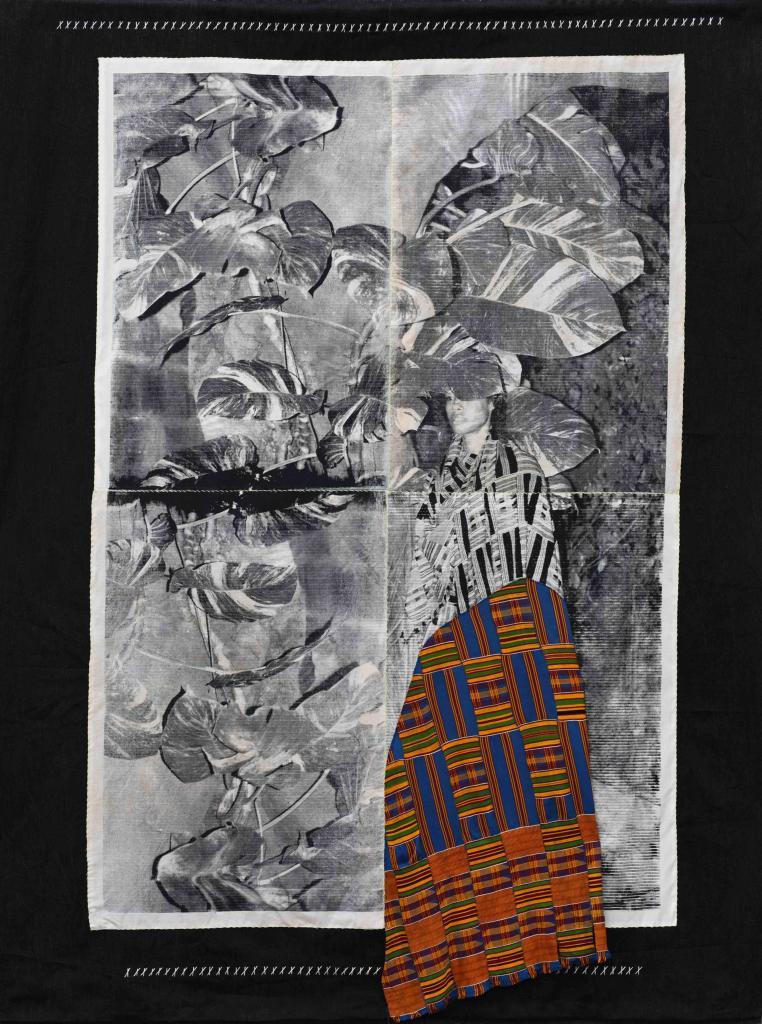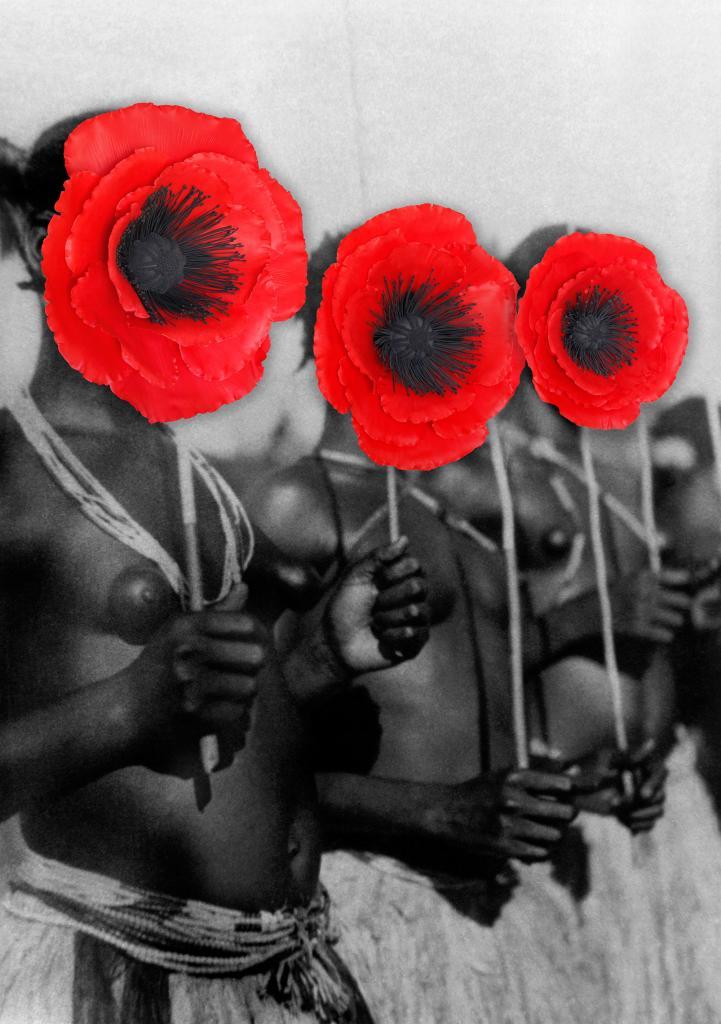Post•era, a graphic and poetic divination
The work by its ability to tell the world and trigger the imagination without having to go through the spoken word moves more than a simple narrative.
Strongly anchored in the Caribbean universe, Arthur Francietta has started for a few years a research on the vernacular scriptures of this part of the world. Following his residency at the National Typographic Research Workshop (ANRT, Nancy) in 2018, Arthur Francietta wonders about the graphic phenomenon that precedes the invention of writing. Very quickly confronted with the omnipresence of the Latin alphabetic system, he focused his research on graphic systems: Anaforuana in Cuba, Vévé in Haiti, or the Native American petroglyphs still visible to this day.
It is through these writings that he notices the resurgence of glyphs (written representations of a word or a letter), myths and rites from several civilizations of West Africa and Central America. If Caribbean societies have felt the need to develop graphic systems, it’s above all to give shape to the expression of their beliefs. The belief system has shaped Caribbean society throughout its existence to alleviate the burden of its semi-dependent status and much more.
The artist’s movements, journeys, encounters and cultural interactions have led to the emergence of new beliefs, the invention of new graphic forms, the adoption of a complex contemporary culture: that of the Tout-Monde…
Through the aesthetics of sign and its visual form, Arthur Francietta generates personal pictorial writing at the cross-roads of language and medium. The creation process is based on so-called asemic writing (devoid of semantic content, of meaning). Aform of hybrid visual language that merges writing and image, while being detached from any linguistic justification. The ase-mic approach can be considered as a “creative-imitation” from the glyphs / writings that have existed in the Caribbean.
The artist often begins by writing frantically in order to awaken mental imagery and develop a ductus of his own. Then he goes through the pictorial phase. The material is applied by brush and then by hand directly on the paper surface. This last phase is essential, it is at this moment that the mental image emerges: by extraction of matter.
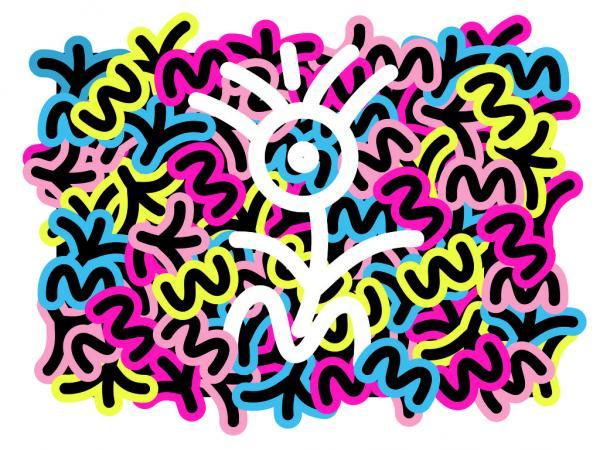
Click for more information
Like the Phantasme series produced in 2019, through Post•era the artist offers the viewer the opportunity to translate and explore the work. In this sense, the reader becomes co-creator of the image.
The key to deciphering the Post•era series is that even if it cannot be read, it still maintains a very appealing call to the eye and the collective imagination. Arthur Francietta shows us a series of complex and enigmatic symbols. A graphic and poetic divination, which according to the artist sums up Post•era.

